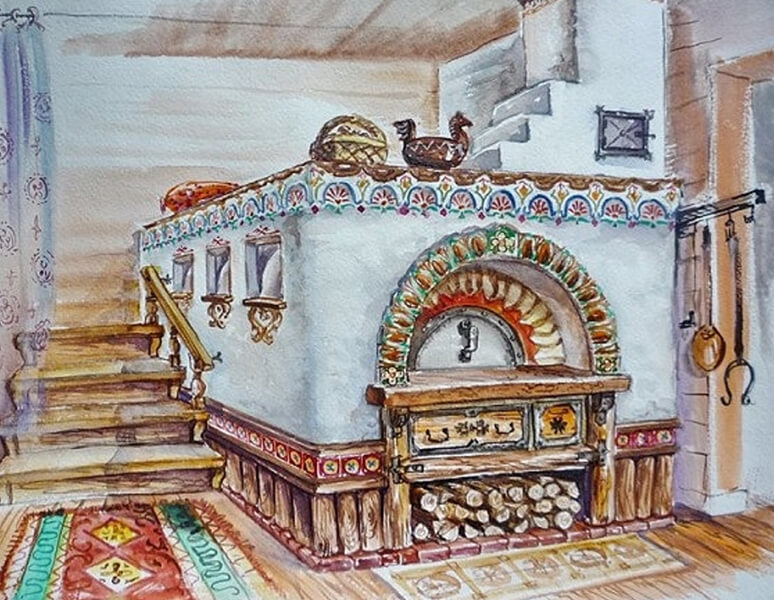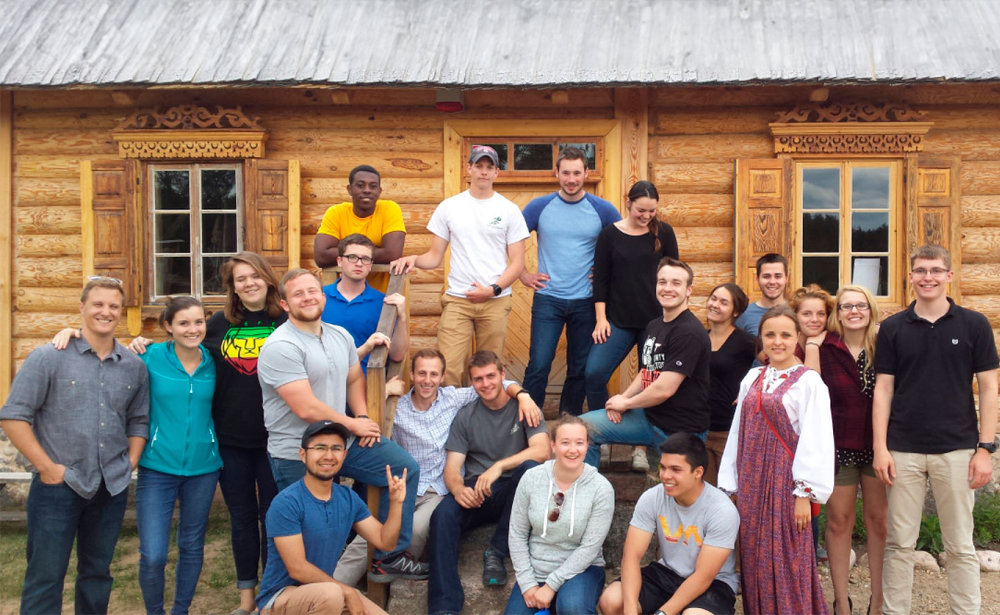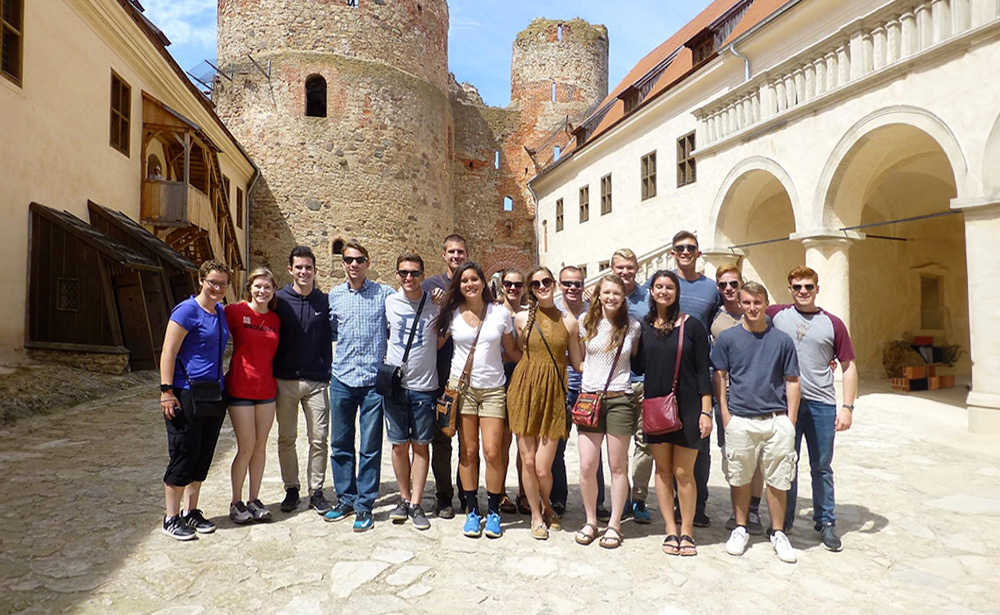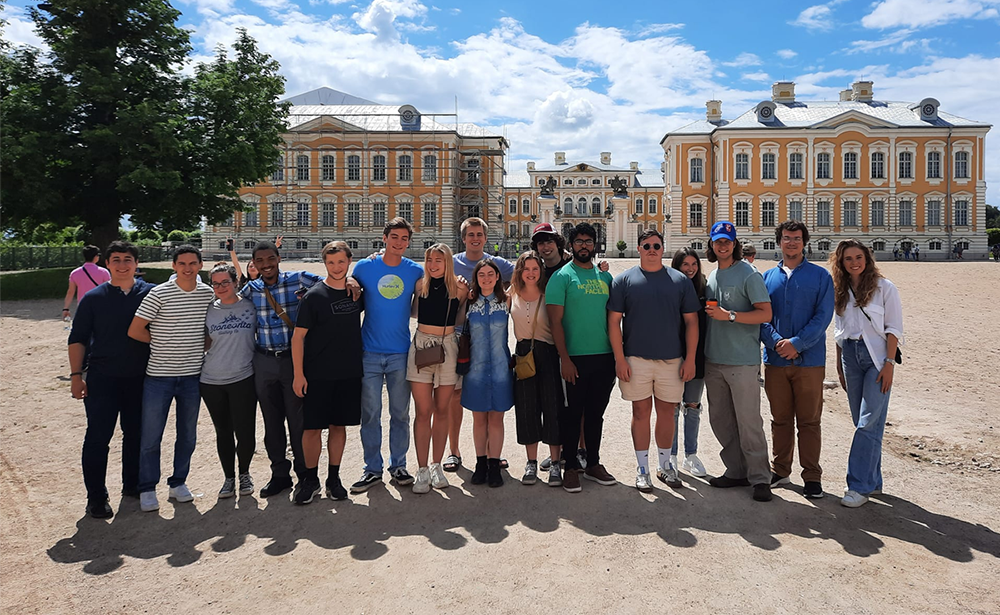Russian Stove and Its Origin
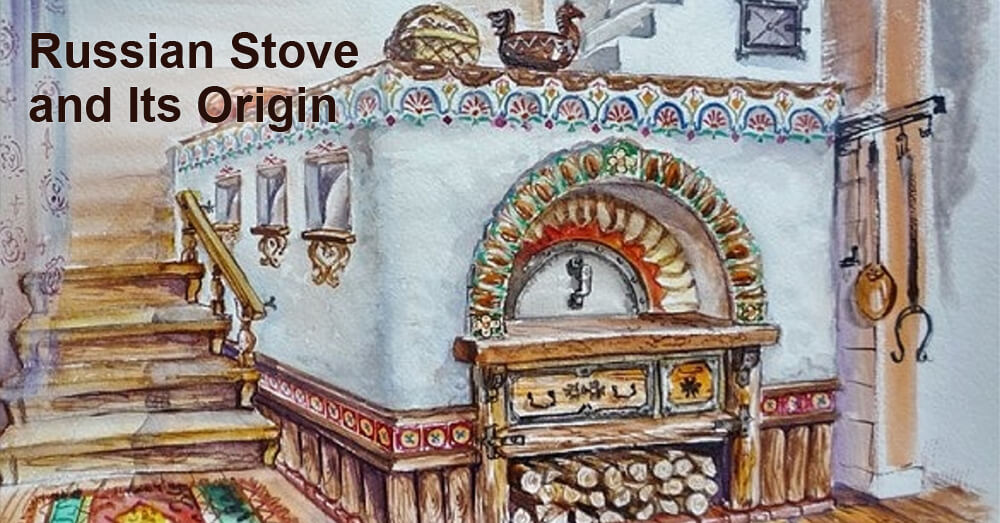
There was no such izba in Russia, which did not have a Russian stove. Russian stove is a unique object in the East Slavic culture and the most vivid symbol of Russian spirit. It was an irreplaceable helper in everyday life; people used it to keep their houses warm, to cook food, to wash linen, as well as to keep the sleeping place warm. In this article, we are going to look at the origin of the Russian stove and its features.
Origin of Russian stove
First constructions for heating houses, which became prototypes of modern Russian stoves, appeared about four thousand years ago. People realized that the fire they were keeping could be hidden under the roof. Until the 8th century, stoves didn’t have chimneys, so all the smoke came out through the door, therefore the ceiling and walls of the house were covered with layers of soot. Later people started making holes in the rooves and putting wooden chimneys. Then in the 18th century people began to use refractory bricks, and the Russian stove had a brick chimney which was seen over the izba. So, we can say that first classical Russian stove appeared in the 18th century.
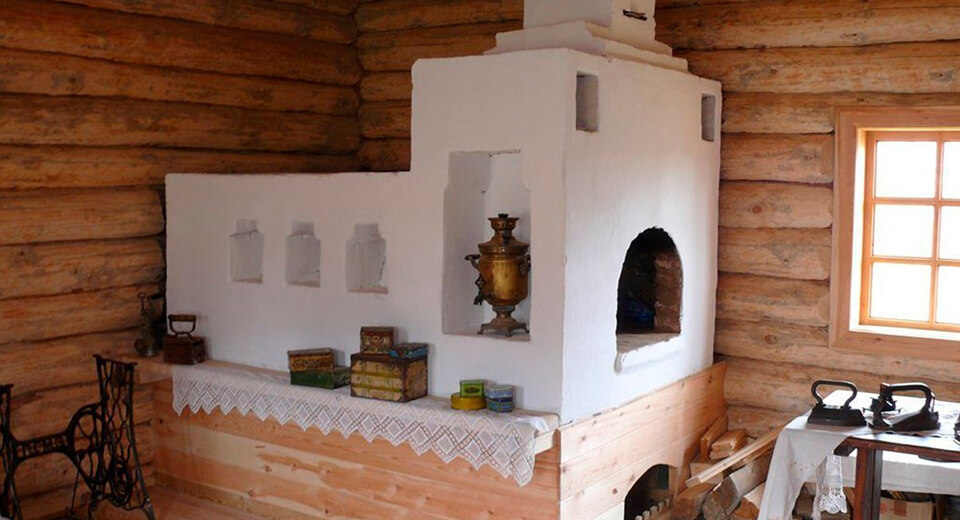
Image of Russian stove
The description of traditional Russian stove can be found in many textbooks and historical articles. Russian stove also had a special place in Russian traditional fairy tales where it was mentioned quite often and symbolized comfort and prosperity. Russian stove was often decorated with various paintings. This was done not only for aesthetic reasons, but also to protect the home from evil spirits.
Purpose of Russian stove
The main tasks of Russian stove were heating the place and cooking food. It was installed in the center of the izba in order to evenly heat all rooms, and so that the heat was not drawn through the windows and doors.
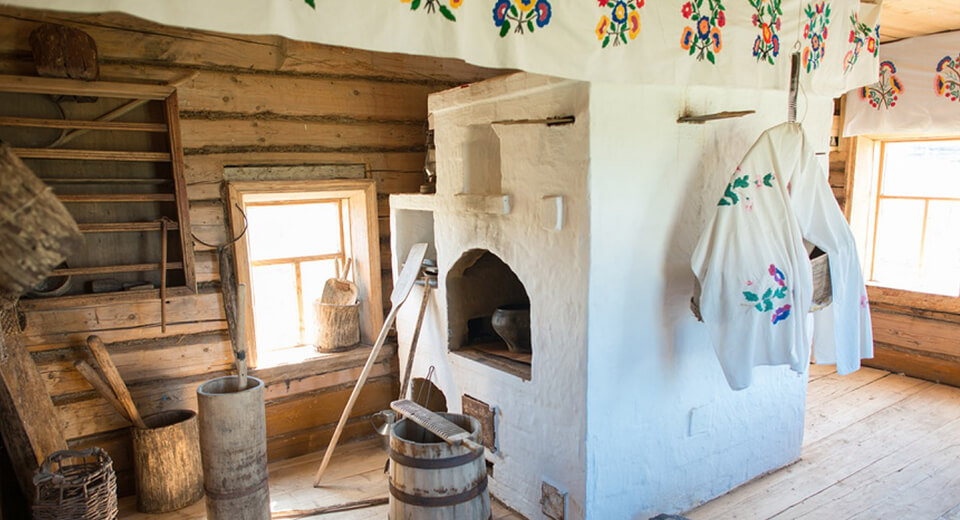
Big Russian stoves were used as a banya. After it got hot, the place where the firewood was placed was thoroughly cleaned and covered with straw. Then, cast iron containers with water were put there, and it was possible to take a bath. Adults did it on their own, but children were put inside the stove on a special spade.
And of course, people used to relax and sleep on the stove. The place to sleep was called “polot”, in other words, these were shelves on which people slept. They were installed between the wall and stove. Places to sleep were built in two levels. Adults usually slept on the first level, children on the second one. There was enough place for up to six people.
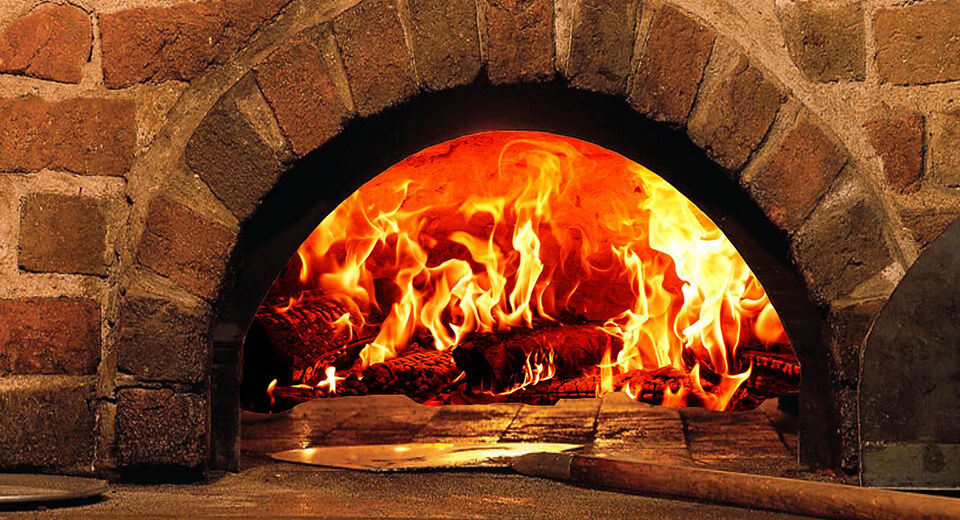
Conclusion
Russian stove can definitely be called the basis of traditional peasant life. Today there appear more and more peope who like this unique construction and install it in their houses.
You may be interested

Why do people speak Russian in Daugavpils?
As it seems to us, Daugavpils is the best place to learn Russian now, because our city is situated in the EU and NATO, but at the same time 90% of the city’s population speak Russian at home.
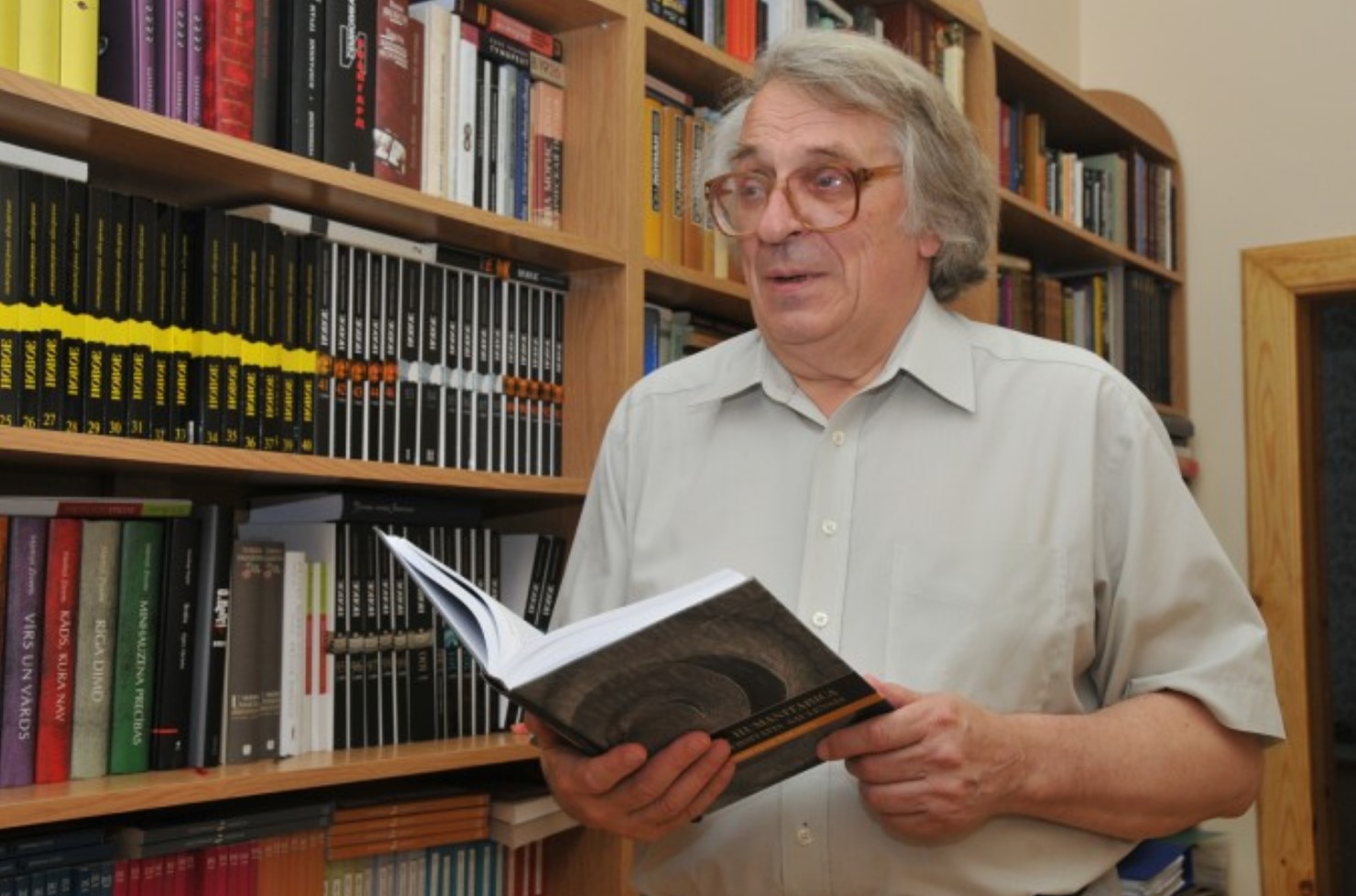
ЭТЮД О ДВИНСКЕ
Etude on Dvinsk by F.Fedorov
The Baltic region is one of the most catastrophe prone regions of the 2nd millennium, especially its second part; it is the centre of attraction of ‘geopolitical’ interests of the European world. Probably the most tragic fate has befallen to the eastern part of the present Latvia and its multi-titled town of Dinaburg – Dvinsk – Daugavpils. During its 730 years long history, the town went through five rather autonomous periods of development, five different lives (German, Polish, Russian, Latvian, Soviet), and at the beginning of the 1990s it entered into the 6th period.
The history of Dinaburg – Dvinsk – Daugavpils is the history of five attempts by the town to begin its life anew; and this is determined not only by the fact that the town was four times burned down and had to start life from scratch, but first and foremost because each of these periods was characterized by a total change of ethnos and the socio-cultural field.
The present article deals with the cultural space of the town in one of the most efficient periods of its development – from the 1860s till World War I.


